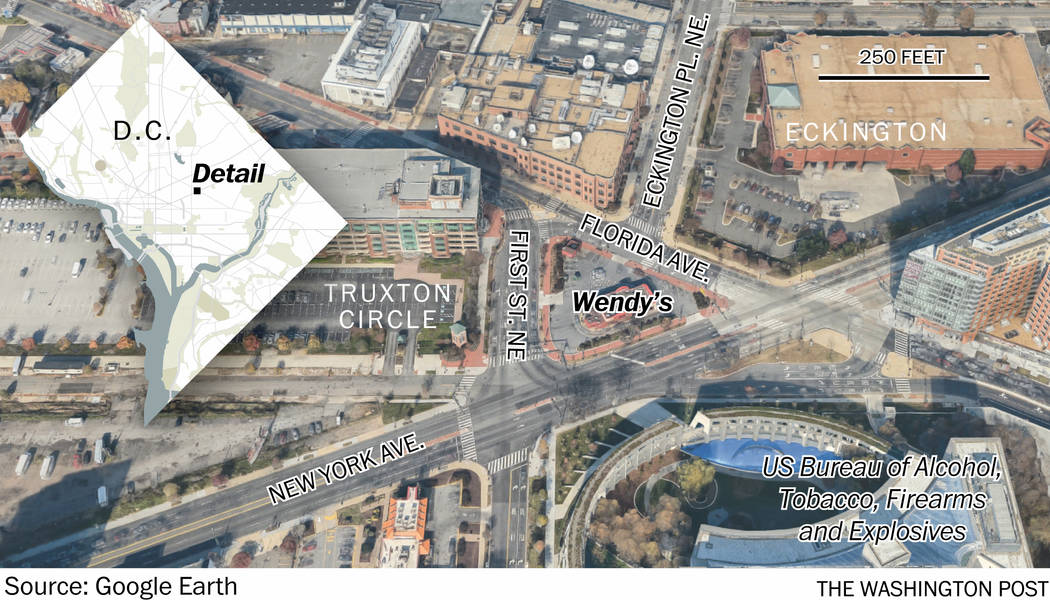


Google Maps shows a nadir view at discrete mapping zoom levels, which may vary in number based upon the geographical location. Google Maps is a web mapping application that uses 2D satellite imagery along with 3D earth views. As such, the user can look in directions other than nadir (i.e., a point on the earth directly below the camera). Google Earth uses the notion of a camera, the camera's location, and where the camera is looking to derive and show the current view of the Earth. Google Earth is a virtual globe, which is a 3D software model of the Earth. Just above both the Google Earth and Google Maps are displayed the center point's location and a set of checkboxes representing the applicable layers. The driving directions are optionally shown to the right of the Google Maps. In the top-right, buttons allow the Google Earth, Google Maps, and driving directions to each be shown or hidden.īelow the top locations and button controls are shown the Google Earth on the left and the Google Maps on the right. In the top-middle, a link button allows the Google Earth and Google Maps to be optionally automatically synchronized. In addition, a button to the right shows all locations at an optimum zoom level/altitude. When a location is selected, the Google Earth and Google Maps are positioned at that location. The following image shows how we'd like the display to appear:Īt the top-left, we have a drop-down list of locations. The viewing can be adjusted to automatically display all markers at the same time in an optimized manner (i.e., the lowest zoom level that can show all loaded markers). New sets of markers can be dynamically loaded any time while the client jQuery code is executing. The set of markers are obtained from the web server using an Ajax jQuery call. Zooming also needs to be symmetrical when zooming in versus out from either Goggle Earth or Google Maps.Īnother goal is to allow a variable number of markers to be simultaneously loaded in both Google Earth and Google Maps. Unwanted behavior, such as jitter or oscillations, needs to be avoided for both panning and zooming. That is, when one side is either panned or zoomed, the other side is automatically synced in terms of center view position and altitude/zoom level. The primary goal is to show both Google Earth and Google Maps synchronized with each other.


 0 kommentar(er)
0 kommentar(er)
